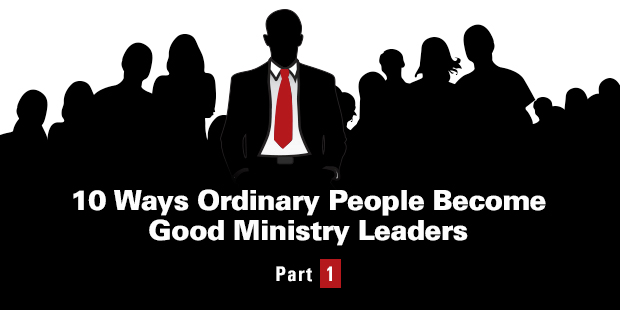
5 Big Leadership Mistakes in Your Ministry
Not long ago CEO Ron Johnson was fired from JC Penney. Brad Tuttle, who covers business and personal finance for TIME believes there were 5 main reasons.
1) He misread the customer
2) He failed to test ideas in advance before going to market
3) He alienated core customers
4) He did not understand or honor the JC Penney brand
5) He did not respect the JC Penney leadership or culture
If you want to read the online article, click here.
Let’s learn from these leadership mistakes for our teams, groups and organizations.
1) Know your client. Whether you lead a church, auto repair shop, university or grocery store, you had better know who your customer is. A friend of mine is launching a consulting venture. He’s an experienced and successful businessman. But he has worked hard at understanding who his customer is – not hopes to be or can be. But who it is!
What kind of person are you speaking to? What are their struggles and needs? How do they make decisions? How can you serve them (not how do they serve your agenda)?
2) Test big ideas. Untested “big splash” ideas often fail. In the 1968 P&G put “potato chips” in a can – a great idea. Millions tried them, but never bought more. They tasted awful. It was not a potato chip, as expected. It was a snack chip. A simple taste test in key markets would have changed everything.
A large church asks the congregation to eat only rice, beans and water for a week to understand life in poverty. But many could not participate and felt guilty. These included diabetics, people with illnesses, smaller children, students in rigorous sports, the elderly, and many who labored hours outdoors.
But what if leaders allowed the congregation to come up with ideas, tested them for a few days, and then shared choices – like getting to know a poor person, serving the needy at a shelter, wearing the same clothes all week, eating a limited diet, not brushing your teeth, etc. Pick a way, do it and then tell stories about the experience. They misunderstood the client, and failed to test their idea.
3) Engage your core customer or audience. This is a classic error. The new team of leaders or mid-level managers does not understand the culture, existing staff, key volunteers (in non profits), and the core customer base. Instead of first seeking to understand, they ignore both the customer and key insiders, and basically impose a new vision and strategy on the organization. And it’s a mess. If you have been on the receiving end of this kind of “change” initiative, you know why it failed and why it hurt.
It takes years to recover sometimes. The Penney turnaround will take some time. But if you invest in customers, it will pay off for you and them. Here’s a good HBR article for more info on that.
4) Honor the brand. Customers are more important than your brand. But the brand is important. There is a reason the organization has come this far. Don’t be eager to toss out the past. Even if you have been hired engineer a turnaround, be cautious before dumping a deeply-established brand. Here is how Customer Growth Partners analyst Craig Johnson described what the CEO had done:
“Penney had been run into a ditch when he took it over. But, rather than getting it back on the road, he’s essentially set it on fire.”
Poor management was replaced with mismanagement. The core values behind the brand must be carefully considered before re-branding or initiating great change. “We make children smile” is a brand promise you want to keep if you are a toy manufacturer. But HOW you keep that promise can change. Be wise.
5) Respect the organization. If you have been on the receiving end of a leadership transition, you understand how valuable this is when driving change. The brand, core culture, committed employees and loyal customers must be honored. It does not mean that you pretend it was all good. But you can respect the past as you lead into the future.
Never let your vision sound like, “Ok, I am finally doing something worthwhile here and will fix everything you’ve messed up for 20 years.” You will place yourself in a bigger hole. Celebrate faithful people, recognize previous successes, and tell the stories that highlight core values you want to preserve. It will help you build the relational and strategic capital you’ll need later to introduce real change.
Leadership mistakes are inevitable – but some of them are avoidable. Learn from the mistakes of others. Doing so will limit your own errors and gain you the respect you need to lead well.
Read more from Bill here.

Tags: Bill Donahue, Leadership Characteristics, Leadership Engine























